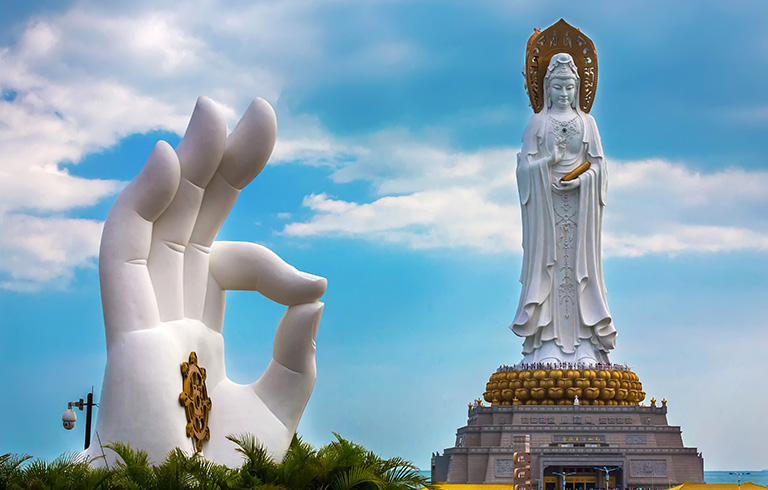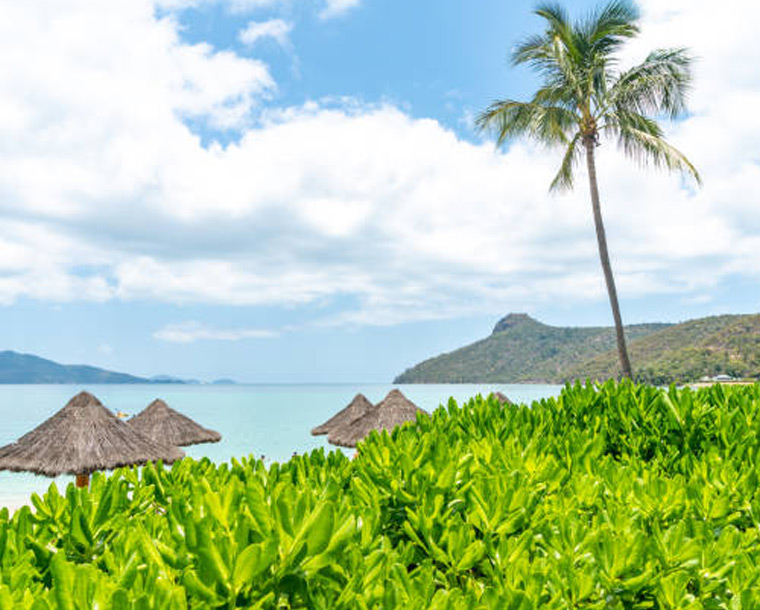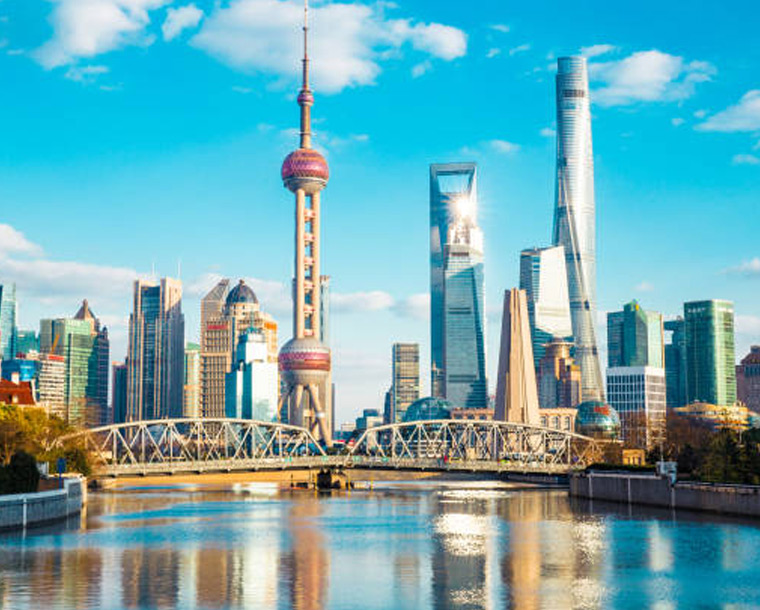

Beijing, Shanghai & Sanya
- Shanghai
- Beijing
- Sanya

Get our assistance for easy booking
Want us to call you?Need Assistance? Call us at
+971 4 205 5000Inclusions
Detailed Itinerary
Day 1
-
INCLUDED
Hotel
Transfer
Meals
Sight Seeing
Welcome to China
On arrival at Beijing International Airport you will be met by our local representative and you will be transferred to the hotel.
Day is free, for you to explore the city at your own pace.
Beijing, China’s massive capital, has history stretching back 3 millennia. Yet it’s known as much for its modern architecture as its ancient sites such as the grand Forbidden City complex, the imperial palace during the Ming and Qing dynasties. Nearby, the massive Tiananmen Square pedestrian plaza is the site of Mao Zedong’s mausoleum and the National Museum of China, displaying a vast collection of cultural relics.
Overnight in Beijing.
Day 2
-
INCLUDED
Hotel
Transfer
Meals
Sight Seeing
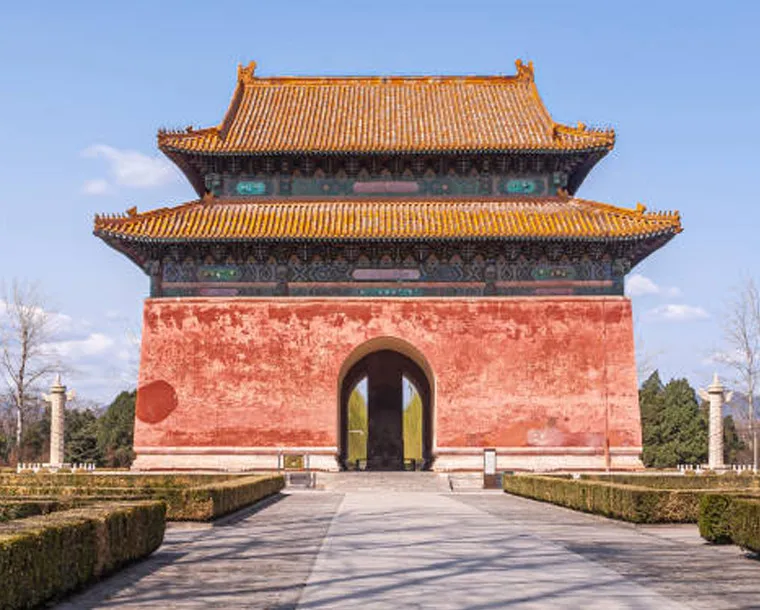
Breakfast at the hotel.
Enjoy a full day tour to visit the famous Great Wall - Badaling and Ming Changling Tomb. You will be picked up from your hotel and will drive to the Ming Tombs. The thirteen Ming Tombs are the best-preserved Chinese imperial tombs with 500 years history. You will visit Changling, the head and the largest of Ming Tombs, where Emperor Yongle (the first emperor in Beijing) and his Empress Xu were buried. The sightseeing on the Ming Tombs takes about 1 hour. The visit to Ming Tombs finishes at about 10:45hrs. Short visit to a Jade Carving Factory. The jade carving is a famous special Chinese product, a blend of excellent carving and Chinese traditional cultures. Visit Great Wall - Badaling. The hike on Great Wall takes 2 hours. Badaling section is the most famous and best-preserved wall. Its highest point at Badaling is some 800 meters above sea level.
Overnight in Beijing.
Day 3
-
INCLUDED
Hotel
Transfer
Meals
Sight Seeing
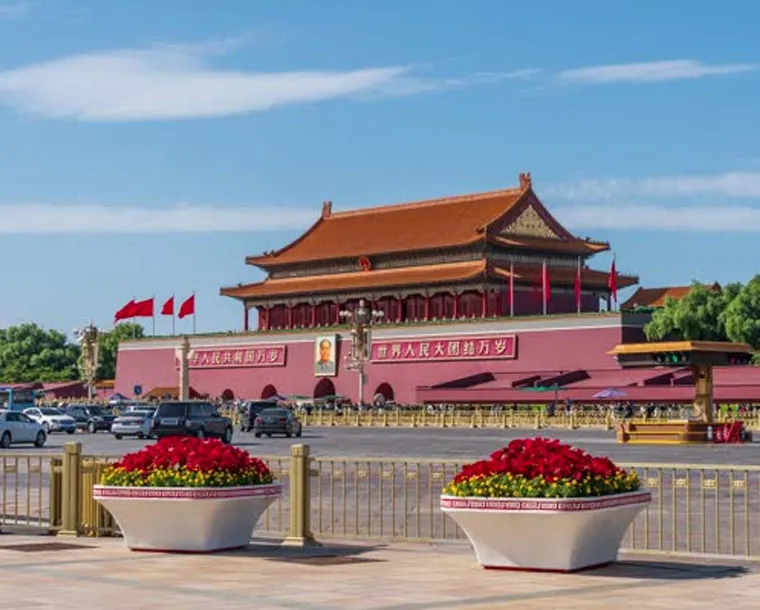
Breakfast at the hotel.
Enjoy this full day tour where you will visit Summer Palace, the Temple of Heaven, the Imperial Forbidden City and Tian'anmen Square. After your hotel pickup, this tour starts at Tian'anmen North Square with its plentitude of monuments testifying to the communist, Mao's influence on China's modern history. From there you will proceed to the Forbidden City. On the way to Temple of Heaven, you will have a chance to visit a centre for Chinese traditional medicine culture. Visit the Temple of Heaven - the largest ancient imperial worship architecture group in the world where the ancient Emperors prayed for peace and harvest. After lunch at a local Chinese restaurant, enjoy a short visit to a pearl free market. Drive to the Summer Palace, the largest and most beautiful Chinese imperial garden.
Overnight in Beijing.
Day 4
-
INCLUDED
Hotel
Transfer
Meals
Sight Seeing
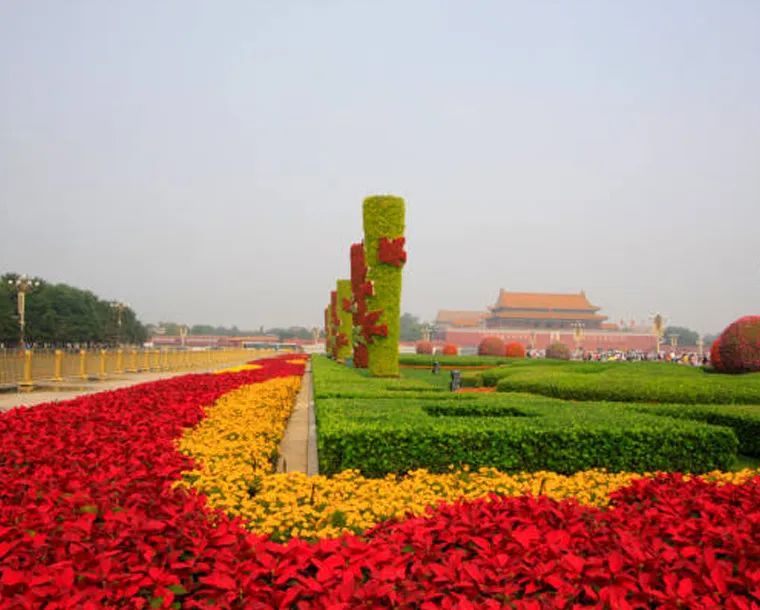
Breakfast at the hotel.
Prepare for check out and make your way to the train station and board the high-speed train from Beijing to Shanghai.
On arrival in Shanghai train station make your way to the hotel and check-in.
Day is free, for you to explore the magnificent city at your own pace.
Shanghai, on China’s central coast, is the country's biggest city and a global financial hub. Its heart is the Bund, a famed waterfront promenade lined with colonial-era buildings. Across the Huangpu River rises the Pudong district’s futuristic skyline, including 632m Shanghai Tower and the Oriental Pearl TV Tower, with distinctive pink spheres. Sprawling Yu Garden has traditional pavilions, towers and ponds.
Overnight in Shanghai.
Day 5
-
INCLUDED
Hotel
Transfer
Meals
Sight Seeing
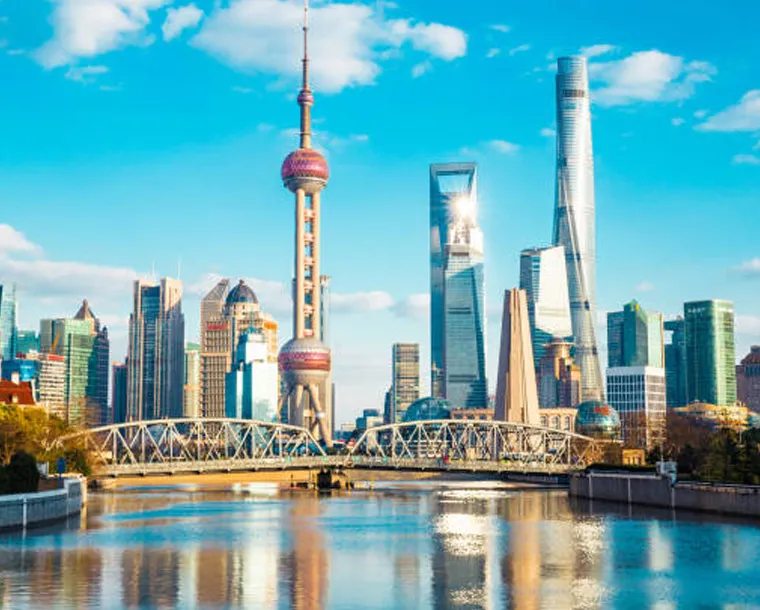
Breakfast at the hotel.
Explore the best of Shanghai on a comprehensive half-day tour and see the ultimate must-see sites of the city. The highlight of the tour includes: Stroll down the famous promenade: The Bund, Immerse yourself in ancient history at Yuyuan Garden, Lose yourself in the alleyways in the stylish Xintiandi district. No journey to Shanghai is complete without a walk along The Bund, the famous promenade on the Huangpu River. See for yourself why this area has become one of Shanghai’s most recognizable symbols as you start your tour walking past historic colonial buildings and admiring the towering skyscrapers across the river. Next, head over to the Yuyuan Garden, a classic creation dating back to the Ming Dynasty. Admire the various pavilions, halls, rockeries, ponds and cloisters each with their own unique characteristics and don’t miss the giant jade sculpture. Continue with a drive down Shanghai Old Street whose origins date back the Qing Dynasty then pass through the tree-lined streets of the elegant former French Concession before making a stop at the Shanghai Arts and Crafts Store. The last stop of the tour will be in Xintiandi, a stylish nightlife district with many boutiques, pubs, and restaurants. While here in this pedestrian only area you will appreciate the perfect blend of old-style Shikumen residences combined and modern architecture.
Overnight in Shanghai.
Day 6
-
INCLUDED
Hotel
Transfer
Train
Meals
Sight Seeing
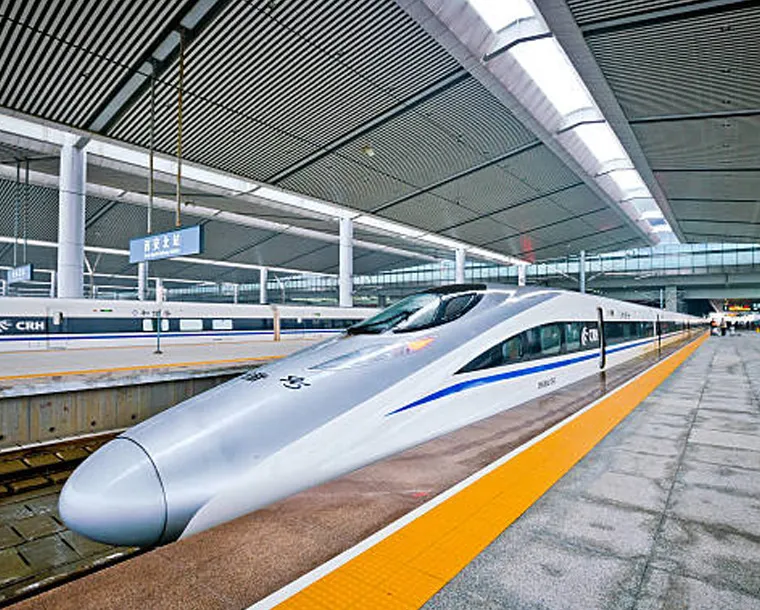
Breakfast at the hotel.
Prepare for check out and make your way to the train station and board the high-speed train from Xian to Shanghai.
On arrival in Shanghai make your way to the hotel and check-in.
Day is free, for you to explore the city at your own pace.
Sanya, a city on the southern end of China’s Hainan Island, has several bays with large beach resorts. Yalong Bay is known for upscale hotels, while Wuzhizhou Island and its coral reefs are destinations for scuba diving, surfing and other water sports. At the city's expansive Nanshan Temple complex, a 108m-high Guan Yin bronze statue rises on an artificial island.
Overnight in Sanya.
Day 7
-
INCLUDED
Hotel
Transfer
Meals
Sight Seeing
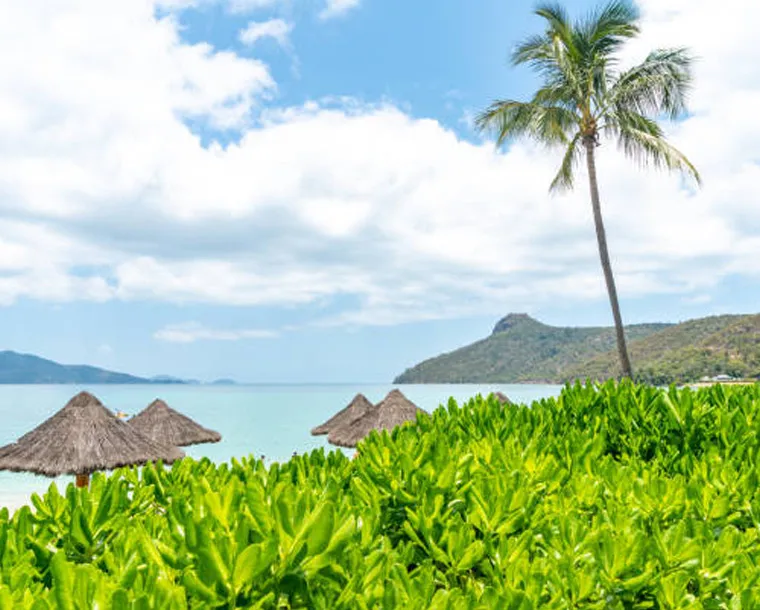
Breakfast at the hotel.
Explore Yalong Bay Tropical Paradise Forest Park. Set in the hillsides looking over the Yalong Bay Resort District which covers an area of 15 square kilometres, Yalong Bay Tropical Paradise Forest Park is the first national park in Hainan. The park is densely forested with tropical and sub-tropical vegetation. Footpaths and raised walkways wind through the trees, with lookout spots dotted along the way giving spectacular views of Yalong Bay, Haitang Bay, and the surrounding valleys. Attached to the park is a luxury hotel, Earthly Paradise Bird’s Nest Resort, so there are a number of dining options from Thai, Chinese to Western restaurants available (reservations essential). A "Healthy Buffet" is included in the ticket price. There is also a range of activities available including rock climbing, team building, a sightseeing bus tour, and a shopping street for purchasing souvenirs.
Overnight in Sanya.
Day 8
-
INCLUDED
Hotel
Transfer
Meals
Sight Seeing
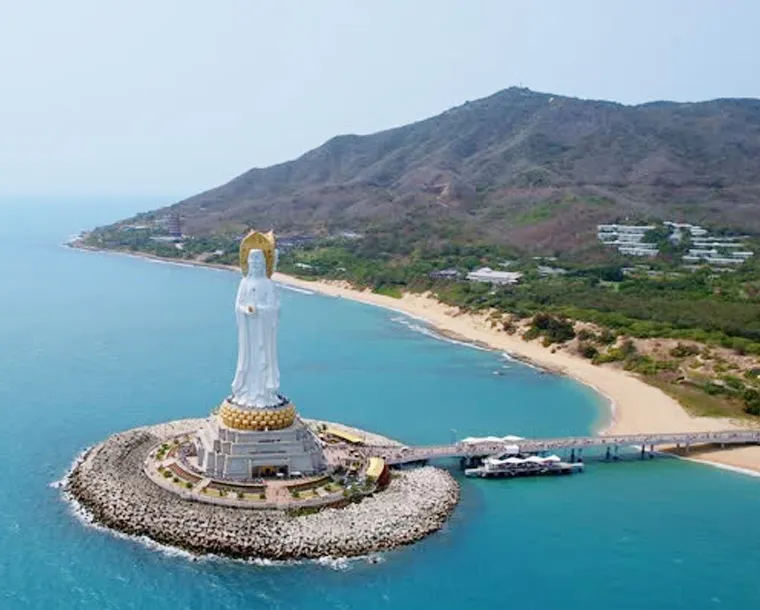
Breakfast at the hotel.
Day is free to relax and enjoy in the beach or there are a variety OPTIONAL TOURS that you can choose from.
Optional tours you can book with us
Binlang Ethnic Village With Chauffeur Service
Enjoy private chauffeur service from your hotel to Binlang Ethnic Village and save your precious time from queuing in line at the ticketing office! Your driver will pick you up at the lobby of your downtown Sanya hotel according to your requested time and bring you to site to collect your tickets without queuing in the general admission line. Your driver will be waiting for you at an appointed time and place to take you back to your hotel where this service ends. Binlang Ethnic Village (Binglanggu) is located in the center of Hainan Island, a 40 minutes drive from Sanya. This major attraction consists of 3 parts: Li Village, Miao Village, and Tropical Rain forest. Binglang means Betel Nut, a tropical plant, Gu means Valley. Binglanggu is a combination of local village and artificial development. You will get to know Miao and Li ethnic cultures from shows, foods, houses, exhibitions, and handicrafts here. There is a magnificent show of the local ethnic groups, Li and Miao life, that most dancers are local villagers. Some are as old as over 70 years old.
Cost per person AED 350.00
Sanya Day Tour of Nanshan Buddhism Culture Park
In the morning our guide and the driver will meet you in your hotel lobby (Hotel pickup time can be flexible upon your requirement. Then transfer you directly to Nanshan Buddhism Park. Nanshan Buddhism Culture Park & Nanhai Guanyin Buddha is a window on China's traditional Buddhism culture; the Felicity and Longevity Culture Park shines its light on an atmosphere of peace and harmony; and the Nanhai Cultural Customs Park highlights China's diverse social customs. Key features of the zone include the three-sided statue of Buddha, Buddhist temples, superior landscaping and sea views. The new highlight is the Nanhai Guanyin Buddha on the sea (108 meters in height).
Cost per person AED 550.00
Overnight in Sanya.
Day 9
-
INCLUDED
Flight
Transfer

After breakfast. The day is free until checkout time. The driver will pick you up and drop you to the airport for your onward flight.
Tour Cost, Terms & Conditions
- The rates are subject to availability at the time of booking request. In the event if there are rate changes due to increase in Govt taxes, or hotel charges a surcharge, or BAR rates (Best available rates), we reserve the right to amend the rates without notice. The exchange rate is subject to change. Please ensure that you have secured the relevant visa / entry permits & valid passport. The best source of visa information is the embassy of the country itself.
- If you are interested in going ahead with this booking, we would require deposits or payments as follows either in the form of cash or cheque:
- 30 days to 21 days prior to departure date: 50%.
- 21 days to 01 days prior to departure: 100%.
- Prices in this quotation are subject to availability. Al-Tayer Holidays reserves the right to offer services of similar or higher standard based in the event of non-availability at the time of booking, at amended cost. - Please ensure that the names given to us for reservations match the names in your passport, as hotels, sightseeing tour companies are very particular about name changes. Mismatched names may result in heavy amendment penalties. We strongly recommend travel insurance as part of your package – we have excellent rates with the world’s best companies – please let us know if you wish us to add this to your package.
Inclusions & Exclusions
Inclusions
Flights
- Economy class, Dubai / Beijing / Sanya / Dubai.
Accommodation
- 3 nights in Beijing based on twin sharing basis.
- 2 nights in Shanghai based on twin sharing basis.
- 3 nights in Sanya based on twin sharing basis.
Transportation
- Arrival airport transfer in Beijing on private car.
- Departure airport transfer in Sanya on private car.
Train
- Economy class train from Beijing-Shanghai-Sanya.
Sightseeing
- Discover the famous Great Wall Badaling and Ming Changling Tomb on seat in coach.
- Explore Summer Palace, Temple of Heaven, Imperial Forbidden City and Tian'anmen Square on seat in coach.
- Visit the Yu Garden, Old Market Town, The Bund on seat in coach.
- Enjoy a visit to Yalong Bay Tropical Paradise Forest Park.
Meals
- Daily breakfast.
Exclusions
- Visa fees.
- International airport departure tax.
- Meals not mentioned in the itinerary.
- Items of personal nature viz. telephone calls, drinks, laundry bills, etc.
- Except all above mentioned in inclusion.
Travel Tips
China has thirty-four provincial-level administrative units covering seven geographical regions. In the north, there are Beijing, the capital, Tianjin Municipality and the other three provinces. Heilongjiang, Jilin and Liaoning are the three provinces in the northeastern part that have chilly winters. In the east, including six provinces and Shanghai City, mainly covers the developed eastern coastal area. Southern areas are subtropical and is comprised of three provinces and Hong Kong, Macau, Taiwan. The traditional Cantonese culture began in this region has been a highlight of Chinese culture until now. Southwest area has four provinces and one city located on the Qinghai-Tibet Plateau, Yunnan-Guizhou Plateau and Sichuan Basin. A number of ethnic groups inhabit this region. In the Northwest, which is inland and has the most complicated landform, is composed of five provinces, ready to offer an explorative China vacation. Also, it is the birthplace of the long history of the nation along the Yellow River. Henan, Hubei and Hunan are in the Central part which serve as transportation hubs both on land and water.
Trip Planning: The planning stage of your trip can be instrumental in its success and an enjoyable part of the experience itself. You have a world of options...and plenty to consider.
Entry and Exit formalities: Visitors must hold a passport valid for at least six months & beyond at the time of entering the country. Some nationalities can obtain visa on arrival and for nationalities who requires visa please refer to the Chinese consulate website: https://www.visaforchina.cn/DXB2_EN/
Transportation: Figuring out how to get around is one of your biggest pre-trip decisions. Get our holiday expert best advice on deciding between your options.
Based on your trip itinerary, our experts will help you choose wisely. You'll also find a wealth of practical travel tips.
Money: Use your money wisely. Know the best time to use cash or card — and how to avoid unnecessary fees either way — as well as tipping etiquette.
Phones and Technology: Phones and other smart devices can be huge time-savers...or expensive distractions. Get our tips for making the best use of technology during your trip, and for calling home with or without your own phone.
Packing Light: On your trip you'll meet two kinds of travelers: those who pack light and those who wish they had.
Sleeping and Eating: Your hotel and restaurant choices can be a matter-of-face chore…or they can provide rich opportunities to connect with locals and their culture.
Health & Hygiene: Take comfort: Doctors, hospitals, launderettes, and bathrooms aren’t that different. Dealing with them can even be part of the fun of travel.
Sightseeing & Activities: Once you're on the ground, the real fun begins…but it pays to have a thoughtful plan. Our experts will help you get oriented to your surroundings, use your sightseeing hours wisely, and find your way off the beaten path.
Get our assistance for easy booking
Want us to call you?Need Assistance? Call us at
+971 4 205 5000Discover & Indulge
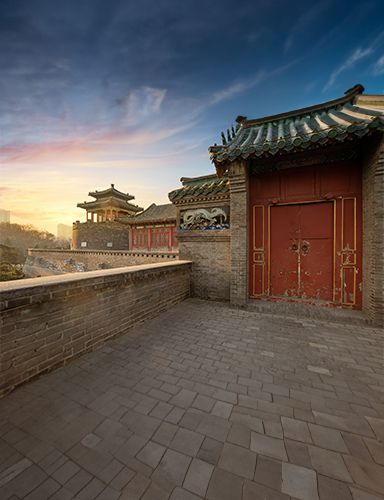
Handan - is a prefecture-level city located in the southwest of Hebei province, China. The southernmost prefecture-level city of the province, it borders Xingtai on the north, and the provinces of Shanxi on the west, Henan on the south and Shandong on the east.
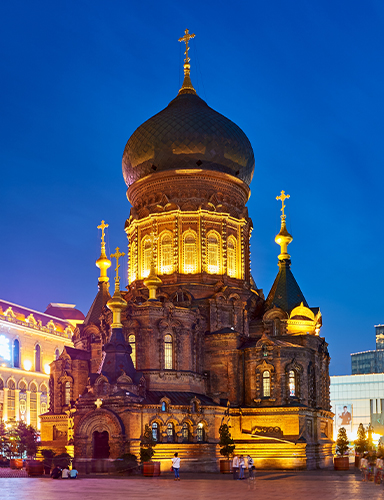
Harbin - is the capital of Heilongjiang, China’s northernmost province. The city grew in the late 19th century with the influx of Russian engineers constructing the eastern leg of the Trans-Siberian Railroad. The city's Russian architecture includes its green-domed Saint Sophia Cathedral, an Eastern Orthodox church now a local history museum. Across the river, Sun Island Park is famed for year-round ice sculptures.
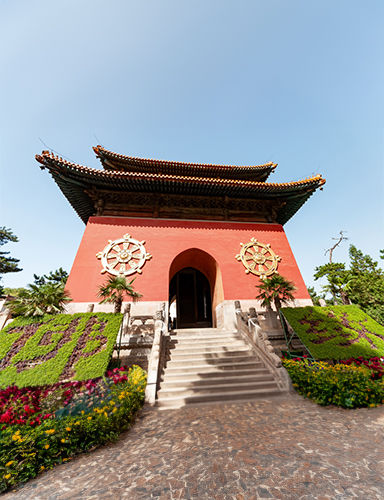
Hebei - is a northern Chinese province near Beijing that is home to Chengde Mountain Resort, the imperial summer residence of the Qing-dynasty emperors. Chengde contains 18th-century palaces, gardens and pagodas ringed by Buddhist temples. The Qing emperors are buried to the south, in the monumental Eastern Qing Tombs at Zunhua and Western Qing Tombs in Yi County.
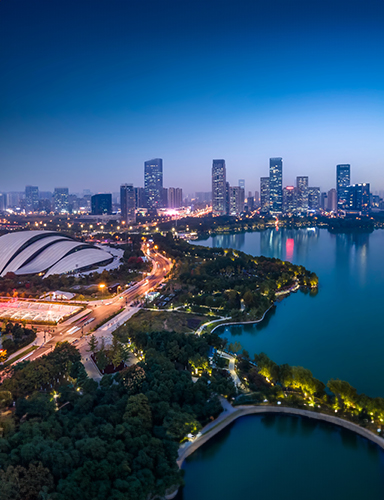
Hefei - is the capital and largest city of Anhui Province, People's Republic of China. A prefecture-level city, it is the political, economic, and cultural center of Anhui.
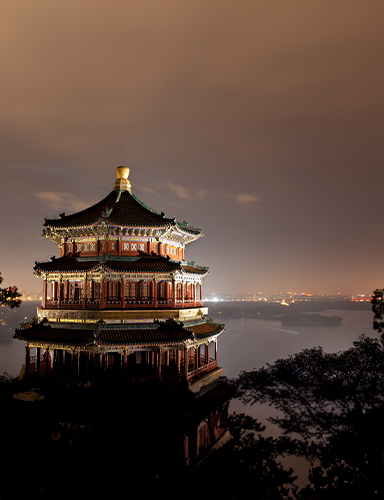
Beijing - China’s sprawling capital, has history stretching back 3 millennia. Yet it’s known as much for modern architecture as its ancient sites such as the grand Forbidden City complex, the imperial palace during the Ming and Qing dynasties. Nearby, the massive Tiananmen Square pedestrian plaza is the site of Mao Zedong’s mausoleum and the National Museum of China, displaying a vast collection of cultural relics.
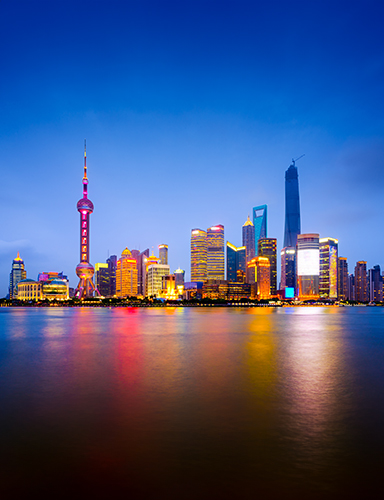
Shanghai - on China’s central coast, is the country's biggest city and a global financial hub. Its heart is the Bund, a famed waterfront promenade lined with colonial-era buildings. Across the Huangpu River rises the Pudong district’s futuristic skyline, including 632m Shanghai Tower and the Oriental Pearl TV Tower, with distinctive pink spheres. Sprawling Yu Garden has traditional pavilions, towers and ponds.
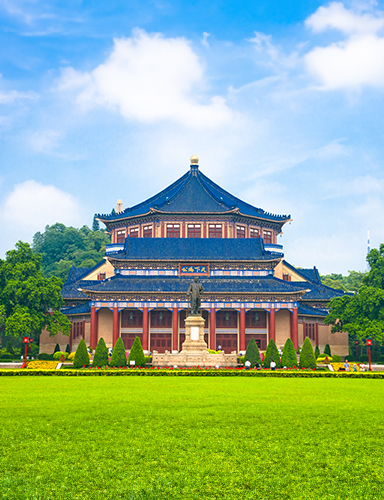
Guangzhou - is a sprawling port city northwest of Hong Kong on the Pearl River. The city features avant-garde architecture such as Zaha Hadid’s Guangzhou Opera House (known as the “double pebble”); the carved box-shaped Guangdong Museum; and the iconic Canton TV Tower skyscraper, resembling a thin hourglass. The Chen Clan Ancestral Hall, a temple complex from 1894, also houses the Guangdong Folk Arts Museum.
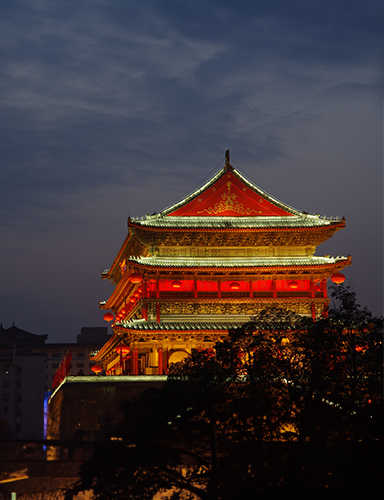
Xi’an - is a large city and capital of Shaanxi Province in central China. Once known as Chang’an (Eternal Peace), it marks the Silk Road’s eastern end and was home to the Zhou, Qin, Han and Tang dynasties' ruling houses. At archaeological sites in Xi’an’s surrounding plains are the famed Bingmayong (Terra Cotta Army), thousands of life-size, hand-molded figures buried with China’s first emperor, Qin Shi Huang.
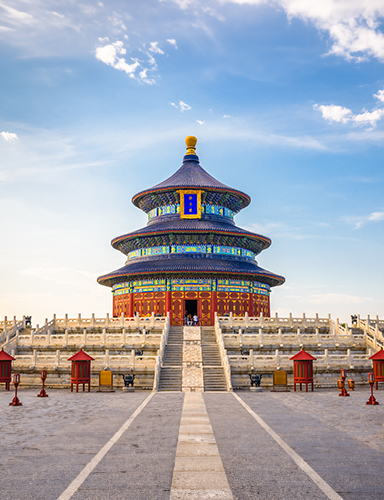
Anhui - is an eastern Chinese province known for its Huangshan Mountains. Their low-hanging clouds, distinctive granite rocks and twisted pines have been subjects of many classical paintings and poems. Trails and aerial cable cars provide access to Huangshan peaks (1,864m Lian Hua Feng is the highest). The gateway Tunxi district and surrounding villages preserve examples of the Huizhou regional architectural style.
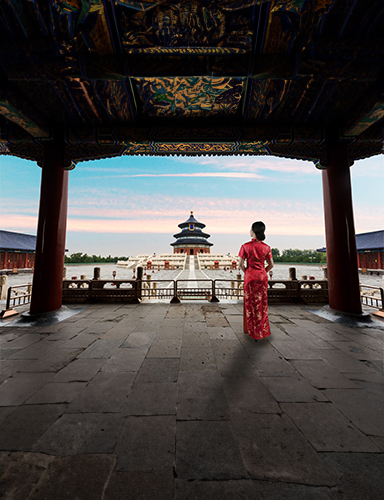
Baoding - formerly known as Baozhou and Qingyuan, is a prefecture-level city in central Hebei province, approximately 150 kilometres southwest of Beijing.
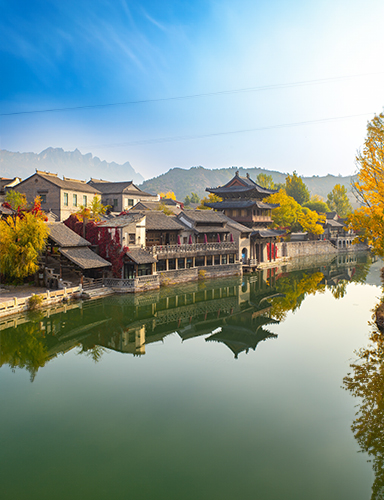
Changsha - the capital of central China’s Hunan province, is a large city with a history dating to the Zhou dynasty (1046–256 B.C.). Today it’s known for its rare collection of excavated Western Han dynasty tombs, known as the Mawangdui. It’s also associated with Mao Zedong, who studied and lived here before joining the Chinese Communist Party in the 1920s.
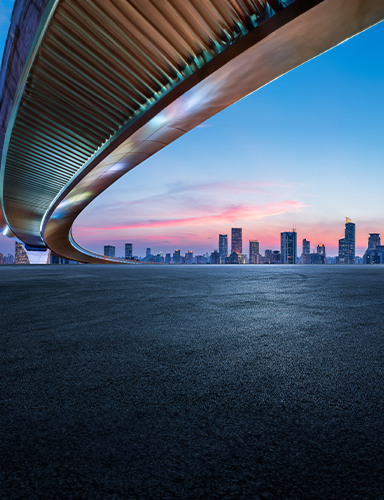
Changzhou - is a prefecture-level city in southern Jiangsu province, China. It was previously known as Yanling, Lanling and Jinling.
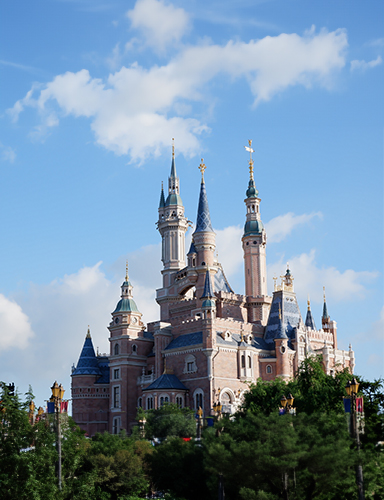
Changli - is a county of northeastern Hebei province, China, with some Bohai Sea coast. It is under the administration of the Qinhuangdao City, and borders Funing County and Luan County. Both Beijing–Harbin Railway and China National Highway 205 pass through this county.
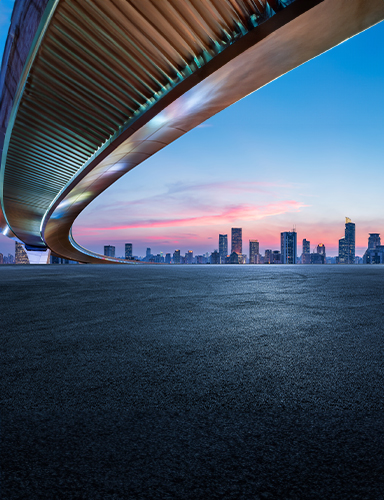
Chengdu - is the capital of southwestern China's Sichuan province. Chengdu's history dates back to at least the 4th century B.C., when it served as capital for the Shu Kingdom. Artifacts from that dynasty are the focus of the Jinsha Site Museum. The city is also home to the famous Chengdu Research Base of Giant Panda Breeding, a conservation center where visitors can view endangered giant pandas in a natural habitat.
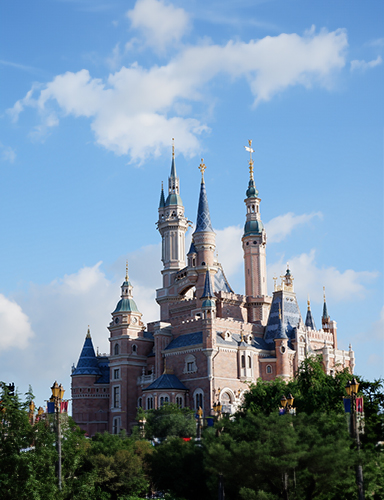
Chengde - a city in China’s Hebei province northeast of Beijing, was established by Qing-dynasty emperor Kangxi as the imperial summer residence. The city’s core remains the 18th-century Mountain Resort palace complex. It houses villas turned to a museum, Wenjin Pavilion royal library, the yurt-style Menggubao village, plus gardens, pagodas and hunting grounds. Beyond its walls are 8 outlying Buddhist temples.
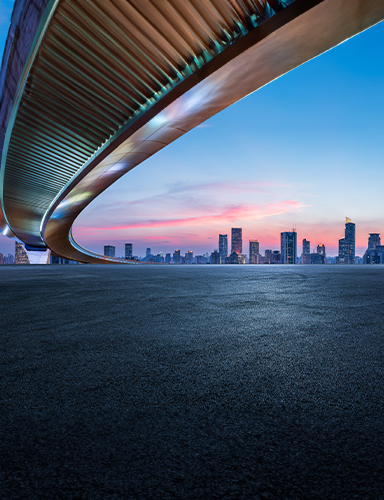
Chongqing - is a sprawling municipality at the confluence of the Yangtze and Jialing rivers in southwestern China. In the city center, the large, domed Great Hall of the People complex stands above pedestrianized People's Square. On the other side of the square, the Three Gorges Museum features artifacts from the construction of the Three Gorges Dam as well as ancient art.
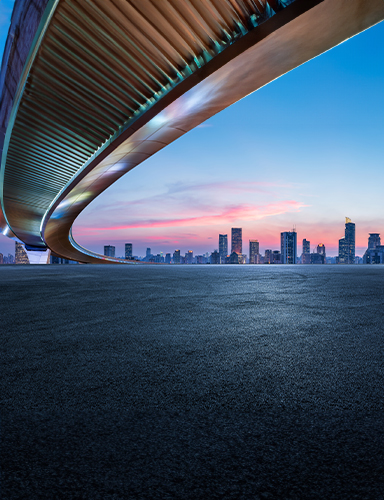
Dalian - is a modern port city on the Liaodong Peninsula, at the southern tip of China’s Liaoning Province. It was founded by the Russians in 1898, and Russian Street (Eluosi Fengqing Jie) is lined with Russian-style architecture. Zhongshan Square is lined with colonial buildings in Renaissance and other styles. Popular beaches include Tiger Beach and Golden Pebble Beach.
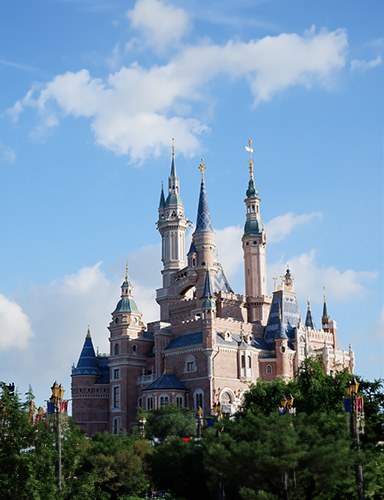
Dongguan - an industrial city in China’s Pearl River Delta, encompasses a densely populated urban center and surrounding prefecture. Green spaces include the central Qifeng Park, Keyuan Garden featuring local architecture, and the mountain b ous Yinxian Resort with a Buddhist temple and statues. In the port town of Humen, with its striking suspension bridge, the Opium War Museum explores the 19th-century Opium Wars.
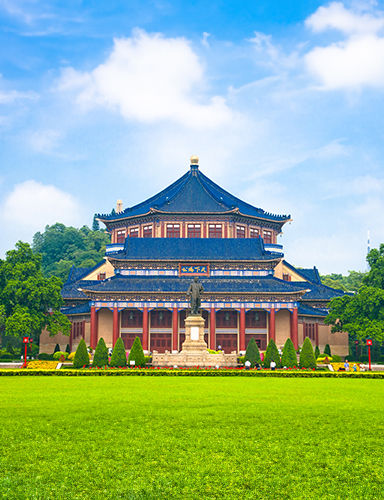
Dunhuang - is a city in China’s northwestern Gansu Province, on the edge of the Gobi Desert. Once a frontier garrison on the Silk Road, it’s known today for the Mogao Caves, a complex of 492 grottoes adorned with Buddhist statuary and frescoes. Carved into the cliffs above the Dachuan River, the caves were created between the 4th and the 14th centuries.
Fujian - is a southeastern Chinese province known for its mountains and coastal cities. In Xiamen, a port town and former foreign concession, the island of Gulangyu has pedestrianized streets and 19th-century colonial villas. Fuzhou, the provincial capital, is a transportation hub for destinations such as the city of Quanzhou. Once visited by Marco Polo, it offers temples, an old-town district and a Maritime Museum.
Foshan - alternately romanized as Fatshan, is a prefecture-level city in central Guangdong Province, China. The entire prefecture covers 3,848 km² and has an urban population around 7.2 million in 2012. The city is part of the western side of the Pearl River Delta Economic Zone.
Fuzhou - the capital of southeastern China's Fujian province, is a sprawling industrial and transportation hub. Its downtown includes the "3 Lanes and 7 Alleys" quarter of preserved Ming and Qing dynasty buildings. The mountaintop Yushan Scenic Area features the restored 10th-century White Pagoda. West Lake Park, dating to 282 A.D., is an urban green area with bridges and pavilions.
Gansu - is a province in north-central China. Its city of Jiayuguan is known for the striking Overhanging Great Wall and imposing Jiayuguan Pass fortress complex, both part of the Great Wall of China. The nearby city of Jiuquan is a gateway to the July 1st glacier, which crowns the Qilian Mountains to the south, and to the Gobi Desert. Jiuquan's Silk Road Museum houses artifacts from this ancient trade route.
Guangdong (formerly Canton) - a coastal province of southeast China, borders Hong Kong and Macau. Its capital, Guangzhou, sits within its industrial Pearl River Delta region. This sprawling port is home to the octagonal Sun Yat-sen Memorial Hall, commemorating the founder of modern China. The city’s colonial history is evident in its garden-lined boulevards and the 19th-century European architecture of Shamian Island.
Guizhou - is a mountainous province in southwest China. It's known for its traditional rural villages, inhabited by minority groups like the Miao and Dong. It's also famed for 74m-high Huangguoshu Waterfall. Nearby, Dragon Palace Cave is an extensive underground system with waterways. Zhijin Cave’s vast caverns house karst formations. Outside Guiyang, the capital, is the 14th-century Qingyan fortress and town.
Hangzhou - the capital of China’s Zhejiang province, is the southern terminus of the ancient Grand Canal waterway, which originates in Beijing. Its West Lake, celebrated by poets and artists since the 9th century, encompasses islands (reachable by boat), temples, pavilions, gardens and arched bridges. On its south bank is 5-story Leifeng Pagoda, a modern reconstruction of a structure built in 975 A.D.
Haikou - a port city and the capital of China's island province Hainan, sits on the island's north coast facing the mainland across the Qiongzhou Strait. Its old town quarter features a mix of Chinese and colonial European architecture. The Hainan Provincial Museum has exhibits on the region's ethnic culture and history. Qilou Snack Street is an emporium where food stalls sell local specialties.
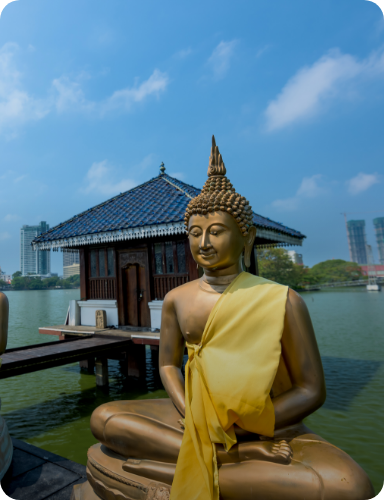
Wuhan - the sprawling capital of Central China’s Hubei province, is a commercial center divided by the Yangtze and Han rivers. The city contains many lakes and parks, including expansive, picturesque East Lake. Nearby, the Hubei Provincial Museum displays relics from the Warring States period, including the Marquis Yi of Zeng’s coffin and bronze musical bells from his 5th-century B.C. tomb.
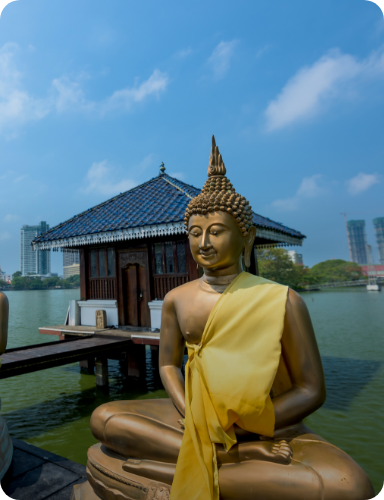
Shenzhen - in southeastern China, is a modern metropolis that links Hong Kong to China’s mainland. It's known for its shopping destinations, including Luohu Commercial City, a massive mall with a vast array of wares, from tailors’ custom clothing to faux designer bags. The city also features contemporary buildings, such as the 600m-tall skyscraper Ping An International Finance Centre, and a number of amusement parks.
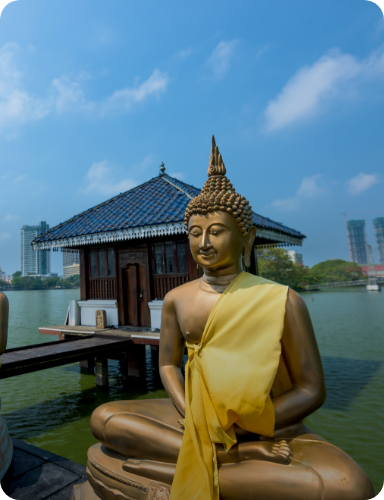
Sanya - a city on the southern end of China’s Hainan Island, has several bays with large beach resorts. Yalong Bay is known for upscale hotels, while Wuzhizhou Island and its coral reefs are destinations for scuba diving, surfing and other water sports. At the city's expansive Nanshan Temple complex, a 108m-high Guan Yin bronze statue rises on an artificial island. Tibet-Holy Site of Buddhism or Xinjiang. Shenzhen and Guangzhou are well-known coastal cities with fast economic development; Hangzhou and Suzhou boast beautiful water towns, lakes and gardens as well as favorable climate; Guilin, Lijiang and Jiuzhaigou are famed for unique natural scenery, and characteristic ethnic minorities' culture. Tibet has mysterious religious beliefs, vast grasslands and highest mountains; and Xinjiang attracts visitors by its various ethnic minorities and numerous historical relics along the Silk Road.
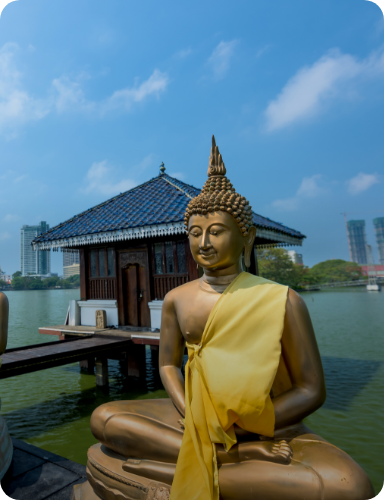
Beidaihe - is a coastal resort town on northeast China's Bohai Sea. Its long beaches are known for their shallow waters. The seaside Tiger Stone Park, named after the supposed shape of its boulders, offers bathing spots, boat cruises and an amusement park with a playground. The Mount Lianfeng (Lianfengshan Park) area, known for its migratory birds, features forested peaks, hiking trails and caves.
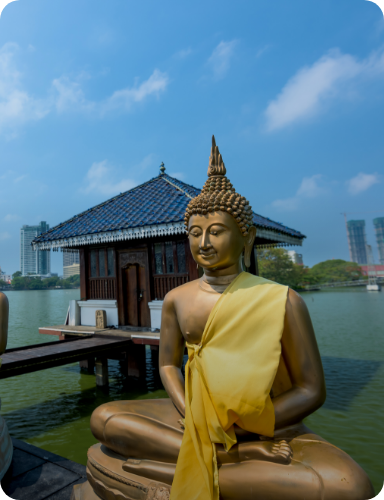
Changchun - is the capital of northeast China's Jilin province. Its sprawling Puppet Manchurian Palace Museum is a replica of the former home of China’s last emperor. Outdoor sculptures dot Changchun World Sculpture Park to the south. To the southeast, Jingyuetan National Key Scenic Area’s forest offers outdoor sports and a lake. Changchun Film Century City Theme Park showcases special effects with films and rides.
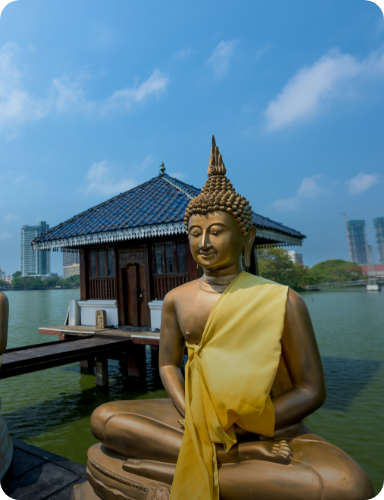
Guilin - is a city in southern China known for its dramatic landscape of limestone karst hills. At its center are 2 lakes, Shanhu (Cedar) and Ronghu (Banyan), remaining from a medieval-era moat that once surrounded the city. Boats travel through these and other lakes via connected rivers. On Shanhu Lake’s shore, twin pagodas, the Sun and Moon, light up the sky at night.
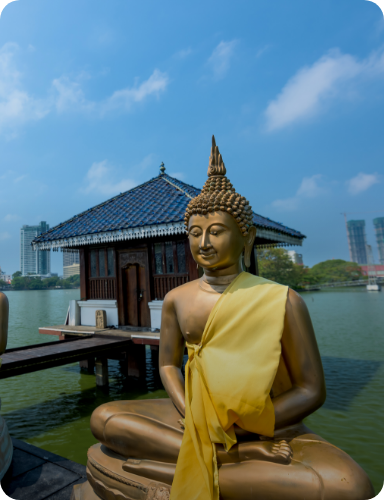
Guangxi - is an autonomous region in southern China, bordering Vietnam. The area is known for its rivers, caves and towering karst formations. Boat cruises on the Li River connect Guilin and Yangshuo, cities punctuated by toothlike karst peaks. Guilin is the site of Ludi Yan (Reed Flute Cave), a limestone cavern noted for its stalactites and stalagmites.
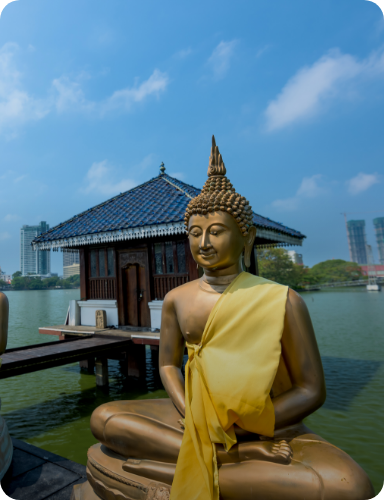
Guiyang - is the capital of Guizhou province of the People's Republic of China. It is located in the center of the province, situated on the east of the Yunnan–Guizhou Plateau, and on the north bank of the Nanming River, a branch of the Wu River. The city has an elevation of about 1,100 meters.
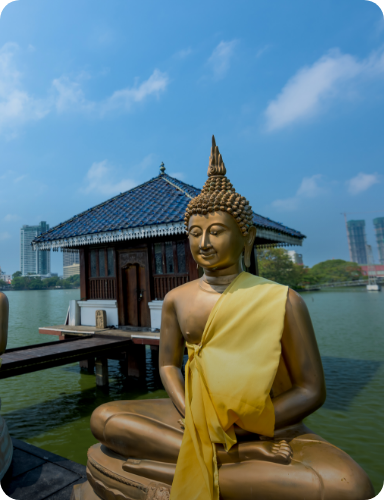
Hainan - is an island province of China and the nation’s southernmost point. It's known for its tropical climate, beach resorts and forested, mountainous interior. The southern city of Sanya has many beaches that range from 22km-long Sanya Bay to crescent Yalong Bay and its luxury hotels. Outside Sanya, the hilly hiking trails of Yanoda Rainforest Cultural Tourism Zone pass over suspension bridges and by waterfalls.
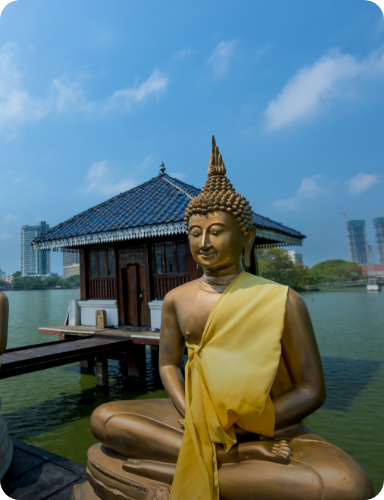
Heilongjiang - is China's northernmost province, with remote mountain ranges and a flat interior plain. It's named for the Heilong (Black Dragon) river, bordering Russia. Harbin, the capital, is known for Russian architecture, including Russian Orthodox Saint Sophia Cathedral, as well as European-style houses on Zhongyang Street. The city is also famous for its annual International Ice and Snow Sculpture Festival.
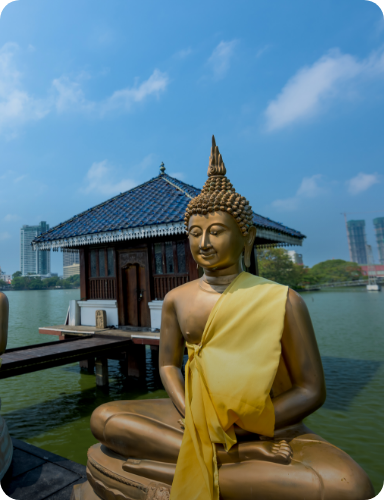
Henan - a province in Central China’s Yellow River Valley, is widely recognized as the place where Chinese civilization originated. There are 4 ancient capitals within its borders. Luoyang, capital during multiple dynasties, is home to Baima Si (White Horse Temple). Founded in the 1st century, it's among China’s first Buddhist temples. Nearby, the Longmen Grottoes have Buddhist rock carvings dating to the 5th century.
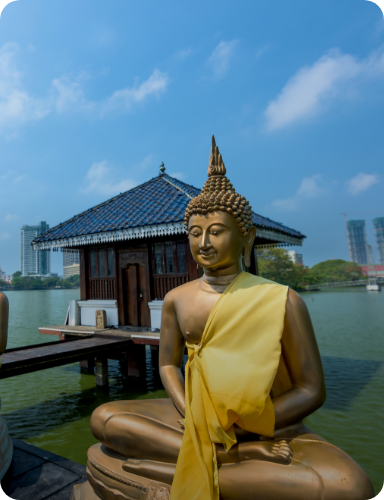
Hohhot - abbreviated Hushi, formerly known as Kweisui, is the capital of Inner Mongolia in the north of the People's Republic of China, serving as the region's administrative, economic and cultural center.

